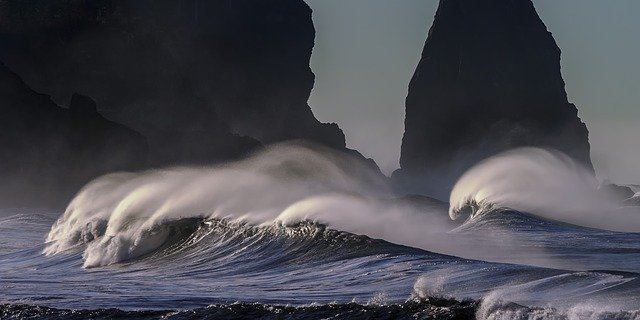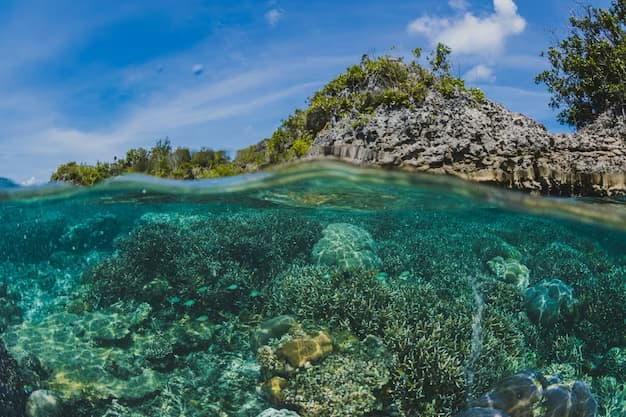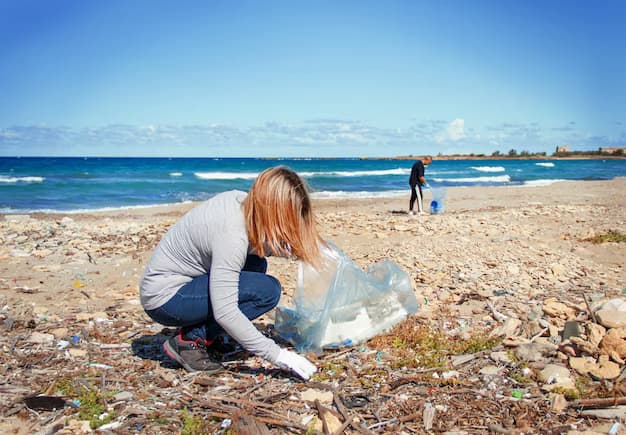The coastline serves as a dynamic boundary where the land meets the ocean, undergoing constant change influenced by the action of waves. These changes, though imperceptible over short periods, play a crucial role in shaping coastal landscapes over time.
The Role of Waves in Coastal Formation
Waves are the architects of coastlines, with their relentless energy sculpting the shorelines. The interplay between constructive and destructive waves dictates the morphology of coastlines, contributing to the diverse coastal landscapes observed around the world.
Comparative Analysis: Constructive vs. Destructive Waves
- Constructive Waves: These waves are the builders of coastlines, characterized by their long wavelengths and gentle approach to the shore. They contribute to beach formation by depositing more sediment than they erode, fostering the growth of coastal habitats.
- Destructive Waves: In contrast, destructive waves are the eroders, possessing high energy that often results in the removal of sediment from the shoreline. Their shorter wavelengths and higher frequencies lead to a more aggressive interaction with the coast, shaping steep gradients and contributing to coastal erosion.
Characteristics and Formation of Constructive Waves
Constructive waves, synonymous with beach-building waves, arise under conditions of light to moderate wind over short fetches. These waves gently deposit sediment onto shores, reinforcing and expanding beaches and dunes, thus playing a pivotal role in the development and maintenance of coastal ecosystems.
Characteristics and Formation of Destructive Waves
Destructive waves emerge from storm conditions, with strong winds propelling them over long distances. Their formation leads to steep, tall waves that crash onto the shore with force, eroding the coastline and reshaping it through the removal of sediment. These waves are integral to the formation of coastal features such as cliffs and sea stacks.
The Ecological Impacts of Wave Actions
The action of waves on coastlines extends beyond physical changes, deeply influencing the ecological balance of coastal areas. Constructive waves support the formation of habitats conducive to a variety of marine and terrestrial life forms. In contrast, destructive waves, while often perceived negatively due to their erosive nature, play a critical role in the natural cycle of coastal ecosystems by redistributing sediments and nutrients, thereby fostering biodiversity in different marine environments.
Comparative Table: Constructive vs. Destructive Waves
| Feature | Constructive Waves | Destructive Waves |
|---|---|---|
| Energy Level | Lower energy, promoting sediment deposition | Higher energy, leading to sediment erosion |
| Wave Frequency | Lower frequency, resulting in gentle waves | Higher frequency, resulting in powerful waves |
| Wave Length | Longer wavelengths | Shorter wavelengths |
| Wave Height (Amplitude) | Lower, resulting in a gentle break on the shore | Higher, causing a more violent break on the shore |
| Impact on Coastline | Builds and reinforces beaches and dunes | Erodes beaches and alters coastal landscapes |
| Typical Weather Conditions | Formed in calm weather conditions | Formed during storms and high winds |
| Swash vs. Backwash | Strong swash, weak backwash | Weak swash, strong backwash |
| Preferred Coastal Gradient | Gently sloping coastlines | Steeply sloping coastlines |
| Ecological Impact | Enhances habitat formation and stability | Can disrupt habitats but also creates new geological features |
| Contribution to Coastal Shape | Tends to smooth and widen beaches | Tends to steepen and narrow beaches |
The Interplay Between Waves and Coastal Ecosystems: An In-depth Analysis
The dynamic interplay between constructive and destructive waves and coastal ecosystems encapsulates a fascinating aspect of earth sciences, underscoring the relentless forces shaping our planet’s coastlines. Constructive waves, with their long, rolling crests, gently caress the shore, depositing sediments that build and nourish beaches. These waves, generated under calm weather conditions, contribute significantly to the development of coastal landscapes, fostering the formation of dunes and expansive sandy beaches that serve as crucial habitats for a myriad of coastal species.
On the flip side, the destructive waves, born from the fury of storms, attack the coastlines with vigor, their high energy and frequent assaults eroding the very fabric of the shore. Despite their seemingly negative impact, these waves play a pivotal role in coastal morphology, carving out dramatic landscapes such as cliffs, sea stacks, and caves. The erosive power of destructive waves also serves a regenerative purpose within coastal ecosystems, redistributing sediments and nutrients, and thus maintaining the ecological balance of nearshore environments.
Understanding the dichotomy between constructive and destructive waves provides valuable insights into the processes governing coastal dynamics. This knowledge not only enhances our appreciation of natural coastal landscapes but also informs sustainable coastal management and conservation strategies. As guardians of these transitional zones, it is imperative to recognize the importance of both types of waves in sustaining the ecological integrity and resilience of coastal ecosystems. Through careful study and stewardship, we can ensure the preservation of these vital natural resources for future generations.
Video Guide
To answer all your questions, we have prepared a video for you. Enjoy watching it!
Conclusion
The interplay between constructive and destructive waves underscores the dynamic equilibrium of coastal ecosystems. Understanding these processes is essential for appreciating the complexity of coastal environments and the need for sustainable management practices to protect these vital habitats. The continuous dance between building and erosion, mediated by wave action, highlights the ever-changing nature of coastlines and the resilience of coastal ecosystems in the face of natural forces.
By examining the distinctive roles and impacts of constructive and destructive waves, this article sheds light on the fundamental processes shaping our coastlines, emphasizing the importance of these natural phenomena in the context of geological and ecological dynamics.



